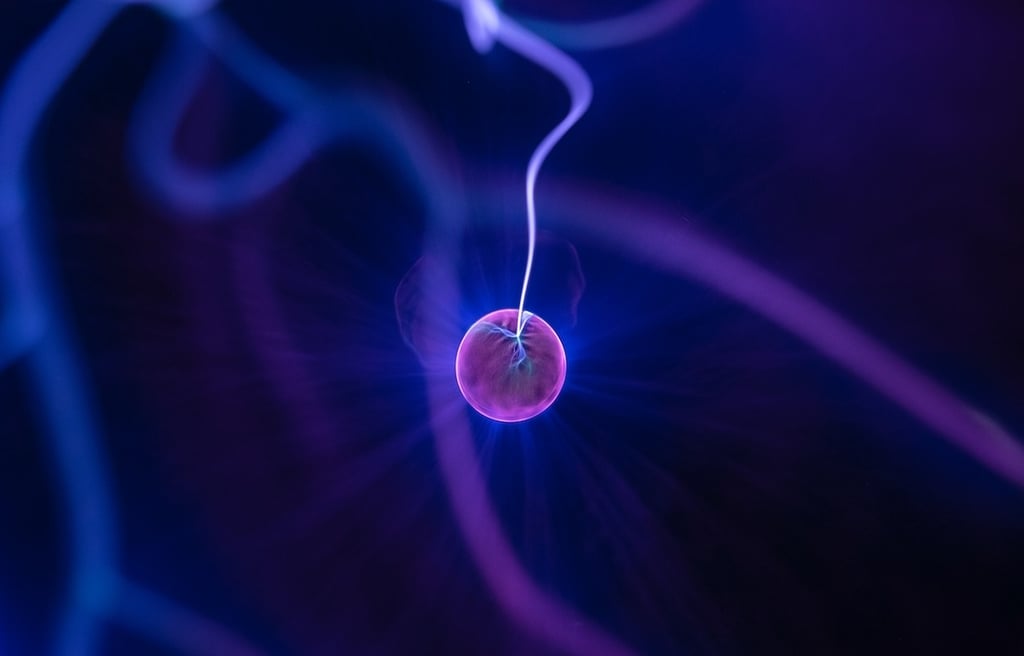TENS VS MICROCURRENT THERAPY
TENS (Transcutaneous Electrical Nerve Stimulation) and Microcurrent therapy are both similar approaches to pain management, but with marked differences.
Although some people may see TENS (Transcutaneous Electrical Nerve Stimulation) and Microcurrent therapy as very similar (if not the same) forms of electrotherapy used for pain management, they have different mechanisms of action and applications.
TENS vs Microcurrent Therapy.


Let’s look at TENS and Microcurrent Therapy separately:
TENS:
Mechanism:
TENS works by sending low-voltage electrical currents through the skin to stimulate nerve fibers. These electrical signals can help to block or reduce pain signals sent to the brain, providing pain relief.
Frequency:
TENS devices typically operate at higher frequencies, usually in the range of 1-100 Hertz (Hz).
Intensity
The intensity of the electrical currents used in TENS is higher compared to microcurrent therapy.
Microcurrent Therapy:
Mechanism:
Microcurrent therapy also involves the application of low-voltage electrical currents, but these currents are extremely low, usually in the range of microamperes (millionths of an ampere). Microcurrent therapy aims to mimic the body's natural electrical currents, promoting cellular healing and regeneration.
Frequency:
Microcurrent therapy operates at much lower frequencies compared to TENS, typically in the range of 0.1-1000 Hertz (Hz).
Intensity:
The intensity of microcurrent therapy is much lower than that of TENS. Microcurrents are so weak that they are often described as subsensory, meaning the patient usually doesn't feel any sensation during treatment.
Applications:
TENS machines are commonly used for acute and chronic pain conditions, such as musculoskeletal pain, arthritis, and nerve-related pain (neuropathy). It is often used in physical therapy settings and can be self-administered at home with portable devices, such as the Alpha-Stim M.
Microcurrent therapy, such as PainMaster MCT, is often used for wound healing, tissue repair, and pain management. It is particularly popular in cosmetic and rehabilitation applications. In the context of pain management, Microcurrent therapy is believed to promote tissue healing and reduce inflammation, which can indirectly alleviate pain.
Differences in Effectiveness:
TENS is usually targets pain by interfering with the signals that pain receptors send to the brain. On the other hand, Microcurrent therapy focuses on promoting the body’s natural healing processes. People have reported rapid pain relief with both methods, but Microcurrent therapy often builds over time. Because of this, it tends to be used for chronic conditions, rather than acute pain. Unlike TENS, Microcurrent therapy also promotes tissue repair.
They both TENS and Microcurrent therapy use electrical currents for pain management, but they differ in terms of intensity, frequency, mechanism, and application. The choice between them depends on the specific condition being treated and the goals of therapy. If you have any doubts, it is always best to consult a healthcare professional for personalised advice.
SUBSCRIBE
Subscribe for updates on latest posts and to follow what is happening in the home of Target Pain.


